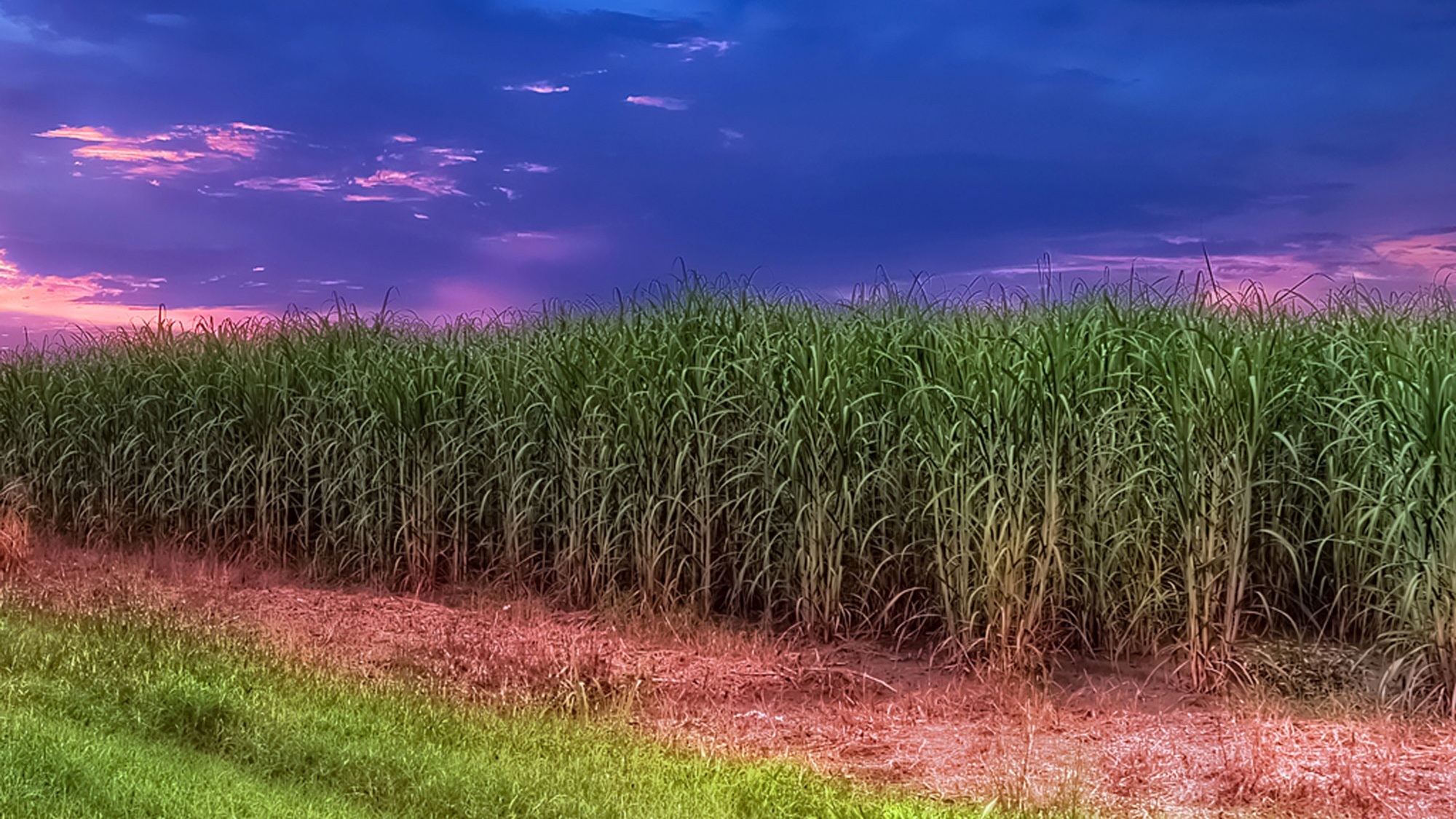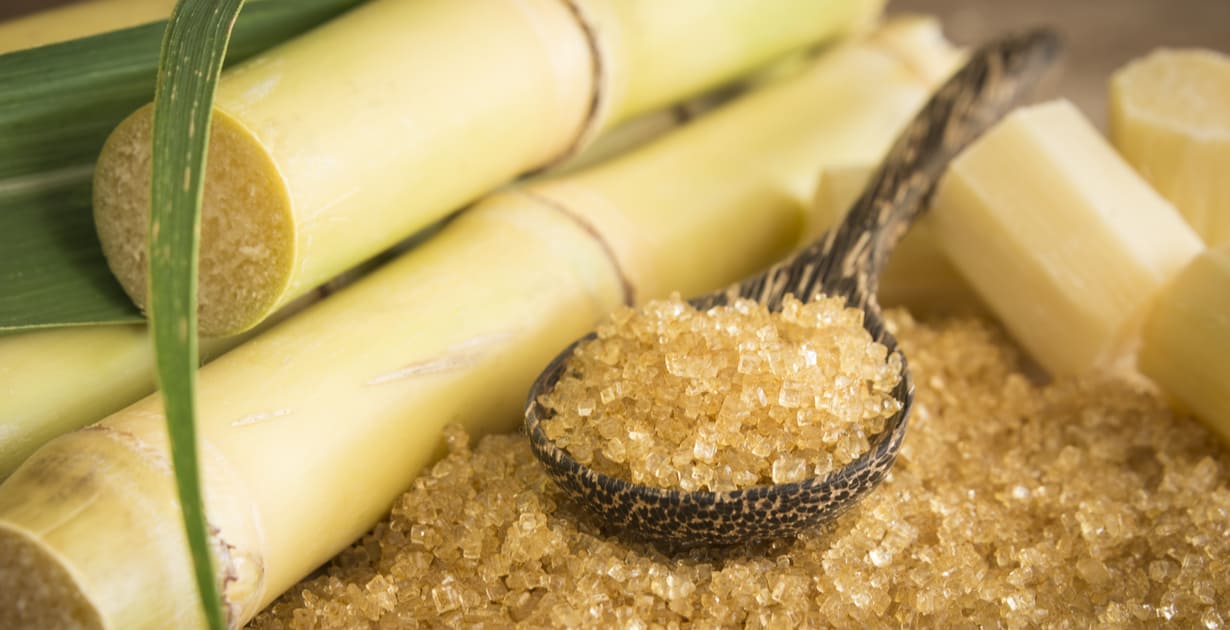Why Walking Cane Sugar Processing Chemicals Are Critical for Modern Sugar Refining
The duty of walking cane sugar handling chemicals in modern-day sugar refining can not be overemphasized, as they are essential to boosting both the performance of extraction and the total high quality of the last item. Agents such as phosphoric acid and certain flocculants are used to get rid of pollutants, resulting in sugar that not only satisfies consumer expectations however likewise sticks to sector requirements.
Role of Handling Chemicals
The effectiveness of cane sugar processing hinges substantially on the tactical application of handling chemicals. These chemicals play a crucial duty in boosting the effectiveness and quality of sugar extraction and refining. From the initial phases of juice extraction to the final purification steps, handling chemicals promote different important operations.
In the extraction phase, chemicals such as phosphoric acid and calcium hydroxide are utilized to maximize the explanation process, assisting to get rid of pollutants and suspended solids from the cane juice. This not only improves the return but also makes certain the clarity of the last item. Additionally, agents like flocculants help in the rapid settling of pollutants, thereby streamlining the overall process.
As the processing advancements, chemicals are utilized in decolorization and crystallization phases. Triggered carbon and ion exchange resins offer to eliminate shade and smell, making sure that the refined sugar satisfies customer high quality criteria. Inevitably, the role of processing chemicals prolongs past operational performance; they considerably affect the sensory attributes of the final item, contributing to market competitiveness. Thus, the precise choice and application of these chemicals are important for accomplishing ideal results in cane sugar processing.
Key Kinds Of Chemicals
Cane sugar handling counts on a selection of key chemicals that help with each phase of manufacturing. These chemicals play crucial functions in making clear, lightening, and purifying the sugar extracted from walking cane.
One primary category of chemicals consists of flocculants, such as polyacrylamide, which aid in the information process by advertising the aggregation and settling of contaminations. Furthermore, calcium hydroxide is often employed to counteract acidity and help in the removal of non-sugar components.
Lightening representatives, such as turned on carbon and sulfur dioxide, are used to decolorize the syrup, causing a clearer end product. These chemicals help get rid of shade compounds that may affect the sugar's appearance and marketability.
Additionally, phosphoric acid works as a pH regulatory authority during the processing phases, guaranteeing ideal conditions for the chemical activities associated with sugar removal and filtration.
Other vital representatives consist of edta (ethylenediaminetetraacetic acid), which chelates metal ions that could militarize unwanted reactions, and sodium hydroxide, which aids in pH control throughout the refining process. Jointly, these chemicals enhance efficiency and make certain a premium walking stick sugar product.
Benefits for Sugar Top Quality
Frequently ignored, making use of specific handling chemicals significantly enhances the overall quality of walking cane sugar. These chemicals play a crucial role in refining procedures, making certain that the end product fulfills strict market requirements for purity and taste.

In addition, refining chemicals aid in achieving a consistent granulation and texture, which are crucial for consumer acceptance. By managing the condensation process, these chemicals guarantee that the sugar crystals create uniformly, resulting in a much more appealing product that liquifies well in various applications.
Furthermore, the use of these chemicals can improve the service life of cane sugar by minimizing dampness absorption and microbial growth. In general, the calculated application of processing chemicals is important for supplying top notch walking stick sugar that satisfies customer assumptions and market demands.
Ecological Effect Considerations

Moreover, the energy-intensive nature of sugar refining, worsened by chemical use, often results in enhanced carbon emissions. This adds to environment modification and increases issues relating to the sustainability of present refining practices. Furthermore, the sourcing of these chemicals may include practices that threaten biodiversity, such as monoculture farming, which reduces the durability of agricultural ecological communities.

To alleviate these impacts, sugar refiners are significantly discovering sustainable alternatives and taking on ideal practices that reduce chemical usage. Applying extensive environmental management systems can help make certain that the refining procedure lines up with ecological requirements and promotes biodiversity. Eventually, a balanced strategy that focuses on both sugar quality and ecological stewardship is vital for the long-term feasibility of the sugar sector.
Future Trends in Refining
As the anchor sugar industry grapples with the ecological challenges related to conventional refining approaches, ingenious approaches are arising to enhance both performance and sustainability. One substantial trend is the fostering of green chemistry concepts, which prioritize using non-toxic, biodegradable processing chemicals. This change not only lessens environmental impact however additionally addresses consumer need for cleaner production methods.
An additional promising advancement is the execution of advanced filtering technologies, such as membrane splitting up and adsorption processes. These techniques enhance the clearness and high quality of the sugar while reducing the Read More Here quantity of wastewater produced throughout refining. Additionally, the assimilation of electronic modern technologies, including IoT and AI, is changing functional efficiency by enabling real-time monitoring and predictive maintenance, therefore decreasing source waste.
In addition, the use of byproducts from sugar refining, such as bagasse and molasses, is obtaining traction. These materials can be exchanged biofuels or value-added items, adding to a circular economic climate within the market. Jointly, these fads signal a shift towards more sustainable practices that not only improve functional effectiveness however additionally straighten with international sustainability objectives, guaranteeing the future practicality of sugar refining.
Final Thought
Walking stick sugar processing chemicals are necessary in modern sugar refining, considerably improving the efficiency and quality of sugar extraction. The calculated use these chemicals not only improves the purity and taste of the last item yet additionally makes sure constant condensation and structure. As the sector increasingly focuses on sustainability, the adoption of environmentally-friendly handling agents is most likely to shape future patterns in refining, ultimately resulting in better items and extended life span for consumers.

Ultimately, a well balanced technique that prioritizes both sugar top quality and environmental stewardship is vital for the long-term practicality of the sugar sector.
Walking stick sugar handling chemicals are essential in contemporary sugar refining, dramatically enhancing the efficiency and high quality of sugar removal.